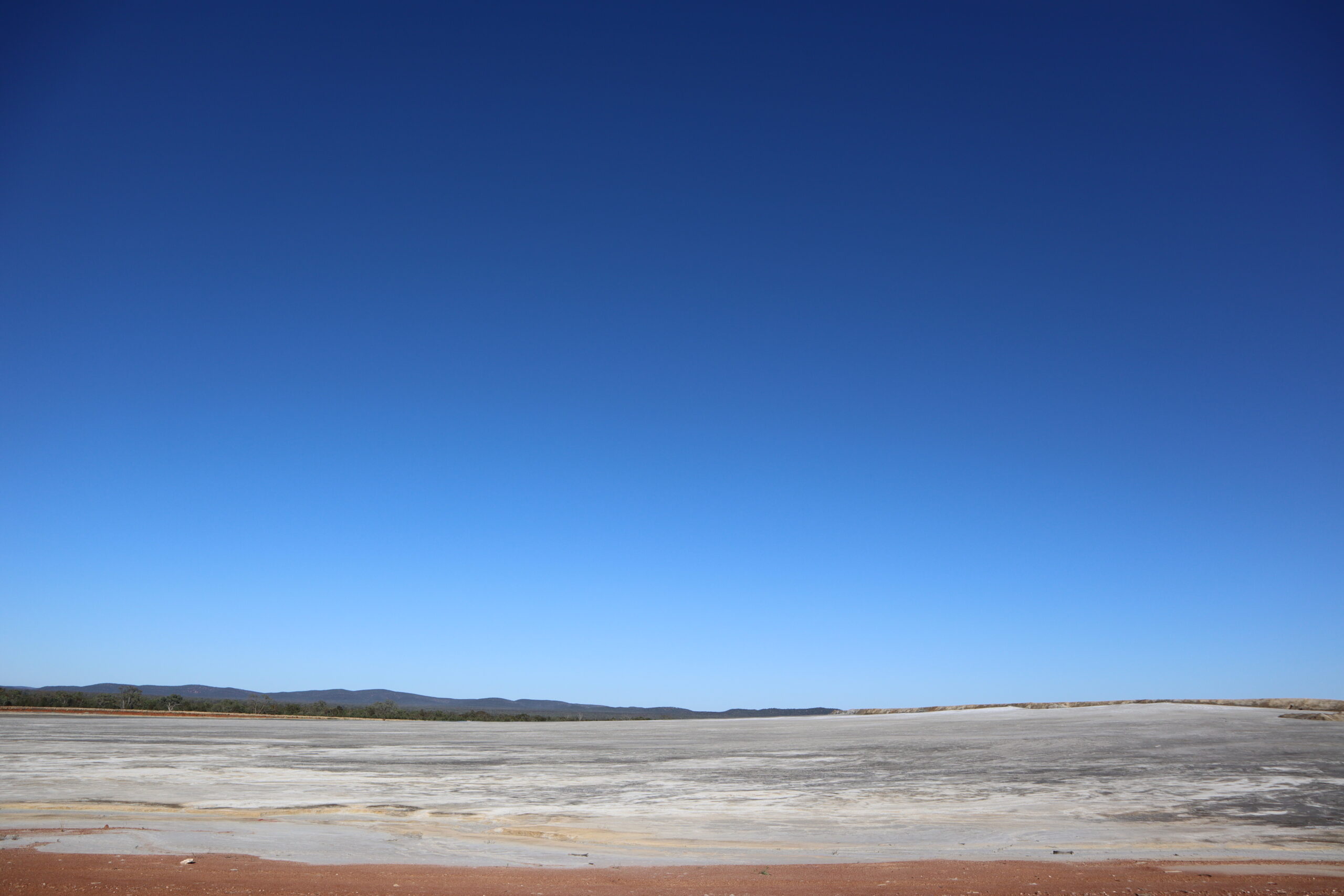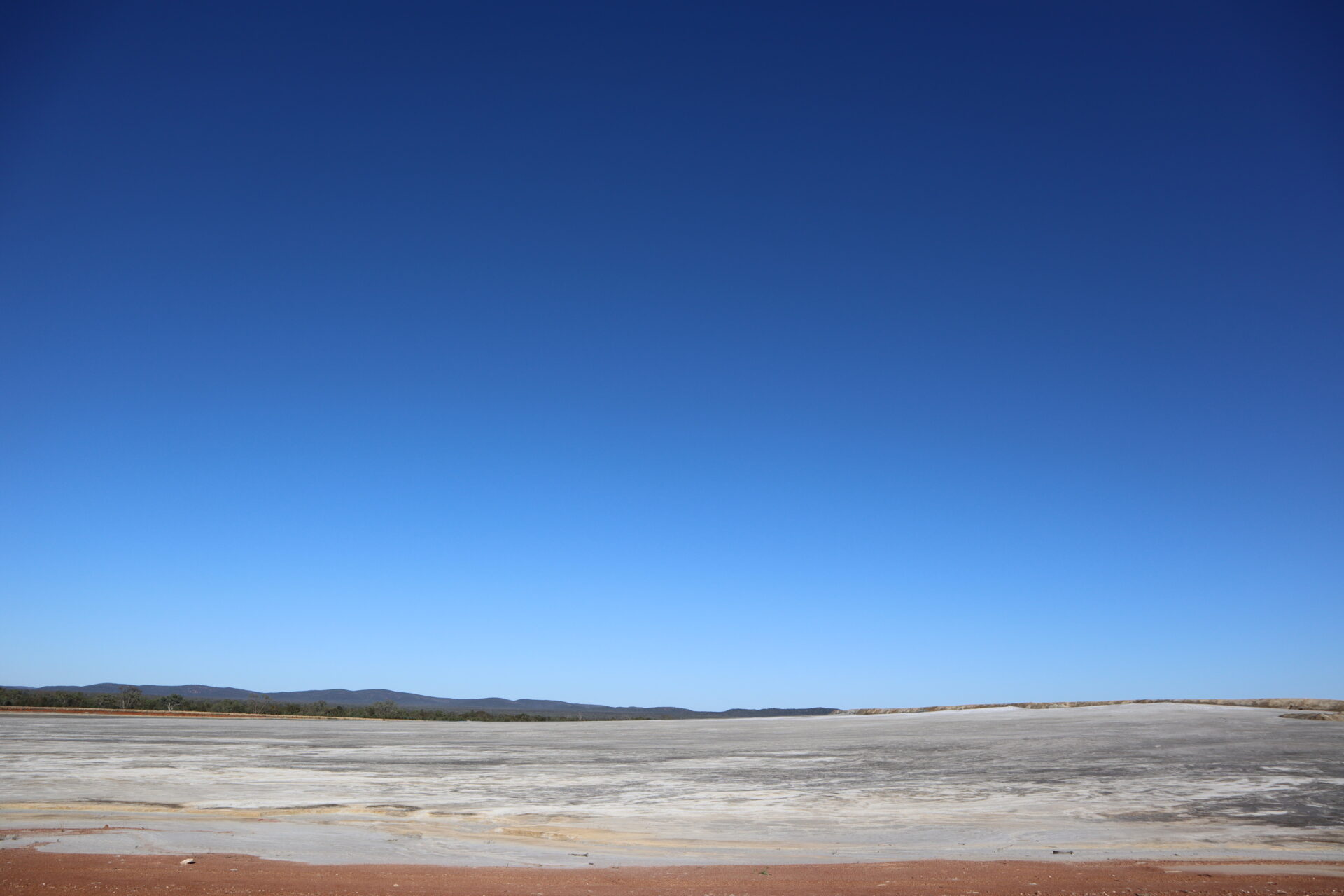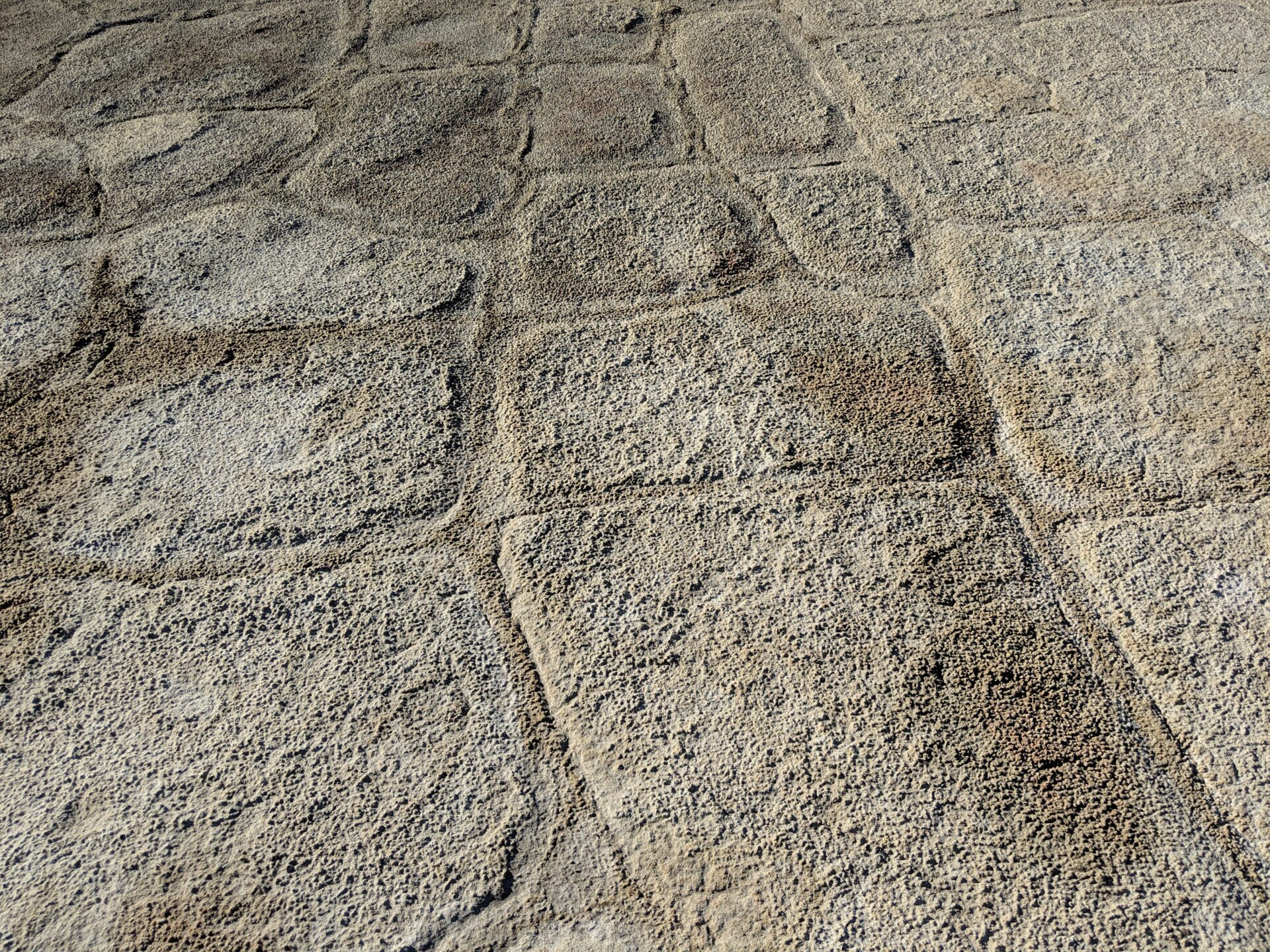Background
SGME completed a landform stability analysis for the rehabilitated landform of a tailings storage facility. The mine is an underground polymetallic mining operation located south-east of Cobar in central-western New South Wales.
Objective
The mine operates a tailings storage facility with a central high-solids discharge that has resulted in an elevated cone deposition beach that is characterised by long and steep slope angles. The rehabilitation strategy includes minimal reprofiling and a preference for limited water management to achieve a water-shedding design.
Solution
SGME developed calibrated Water Erosion Prediction Project (WEPP) and landform evolution models to assess the cover and rehabilitated landform erosion risk. WEPP is a continuous simulation program developed by the United States Department of Agriculture’s Agricultural Research Service.
Rainfall and overland flow simulations were conducted to gather crucial erodibility parameters for both the cover and landform materials. These simulations measured hydraulic conductivity, rill erodibility, interrill erodibility and critical shear stress to provide essential data for use in calibrating the WEPP model. The calibrated WEPP model was then used to predict potential erosion rates over a 100-year period for the rehabilitated landform using various cover designs.
The WEPP model was subsequently used to calibrate a landform evolution model. The landform evolution model combines the results of multiple landscape-forming processes into one dynamic model that simulates landscape evolution of a gridded digital elevation model. It operates on a timescale of centuries to millennia and gives an indication of where erosion may form, and how this will change the landform overtime.
SGME successfully estimated the rate of erosion on the rehabilitated landform, where erosion may form and how this could result in failure of the cover and landform.
Our commitment to excellence in environmental services, especially in mined land rehabilitation, is reflected in our use of advanced techniques such as rainfall simulation and flume experiments. These methodologies ensure accurate data collection leading to precise predictions and tailored strategies for erosion management. By prioritising environmental sustainability, we help clients mitigate risks and achieve long-term stability in their landforms.



